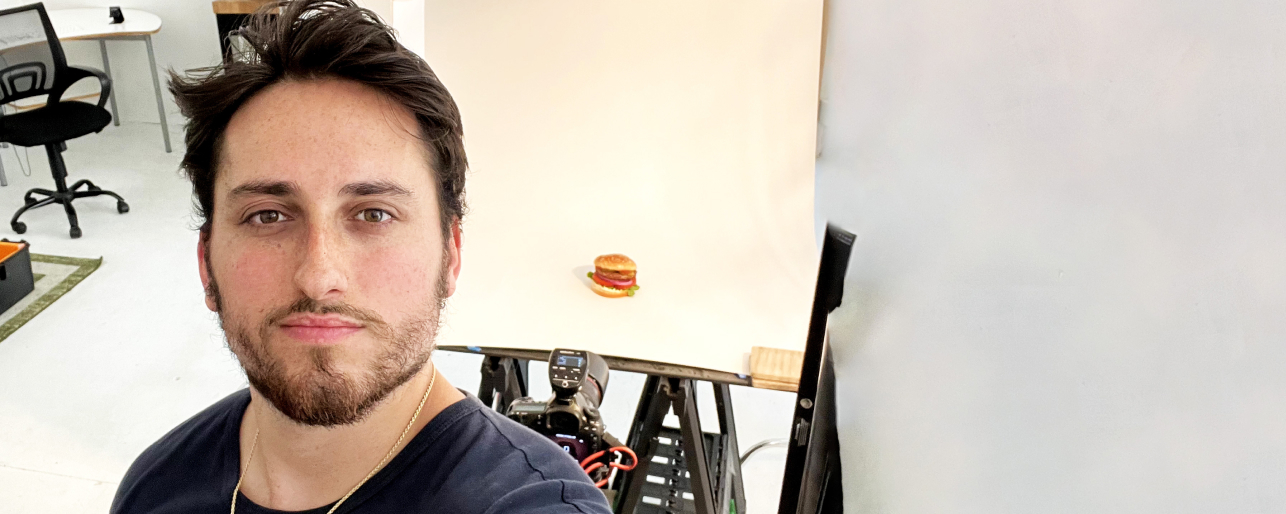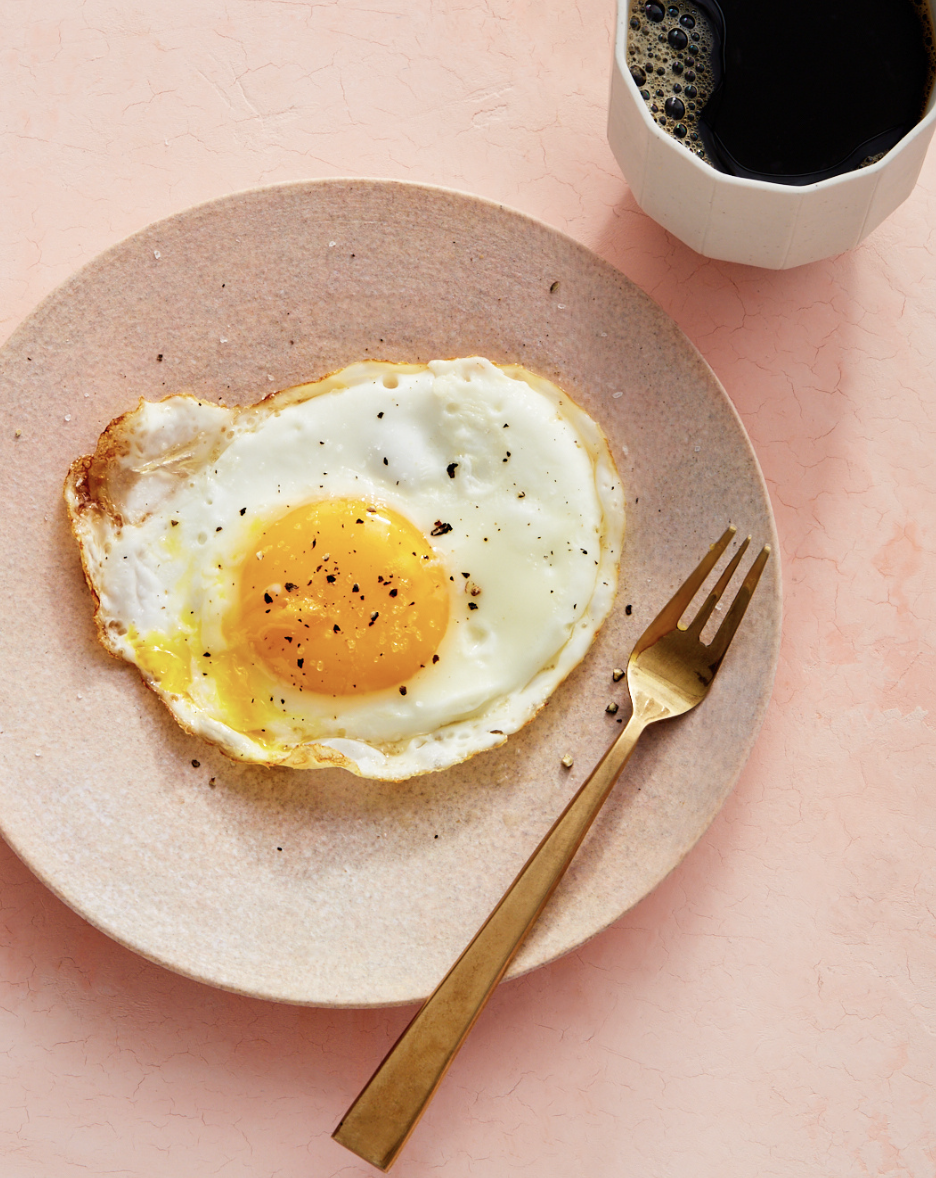FROM FRIES TO FIZZ, MAKING FOOD LOOK DELICIOUS


The two big, beautiful burgers in this issue were photographed in the Brooklyn studio of Joel Goldberg, who specializes in food, product, and still life imagery. An Advertising and Marketing Communications alum, he was always a photography hobbyist, but found his calling in the food industry and decided to turn a creative outlet into a career. He now shoots for a variety of brands and publications, including Magnolia Bakery, The New York Times, Food Network Magazine, and more.
With this kind of photography, details are everything—designed, Goldberg says, to “evoke desire.” Consider our burger: Red dab of ketchup against golden cheese, crisp ruffle of lettuce, perfect shadow on the bun. And a small but tasty touch: salt crystals sparkling on the fries.
The internet might tell you food photographers use motor oil in place of pancake syrup and Elmer’s glue on cereal instead of milk. Usually not true, Goldberg says. “We often eat the food we shoot. It doesn’t go to waste.”
Unlike many in his profession, he likes the food in his images slightly asymmetrical, a little imperfect: “That makes you really want to eat it.” In his photos, he says, “The most important thing isn’t my camera or my lens. It’s the light—how harsh or soft, the color temperature.” He prefers “directional” light, from the side or slightly from behind, unusual in food photos. He thinks it makes his images distinctive. “If something you’re doing is working,” he advises young photographers, “keep doing it.”His secret weapon is a great team of collaborators: a food stylist, prop stylist, creative director or art director, and all their various assistants. But for the Hue shoot, he worked alone. And as the client, we got to order our ideal burger. Want fries with that? Of course. Tomato? Sure. “And the Coke…” Goldberg said, “fizz or no fizz?” Fizz, definitely.



